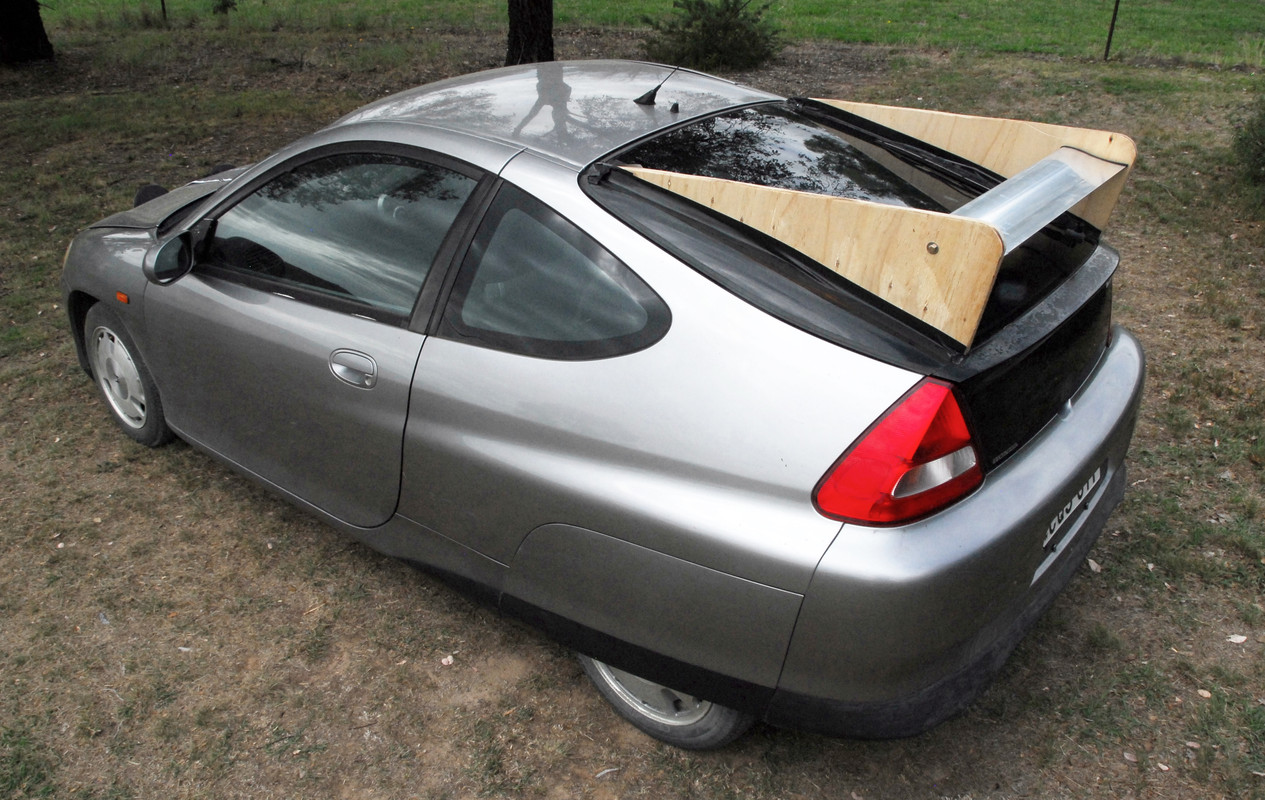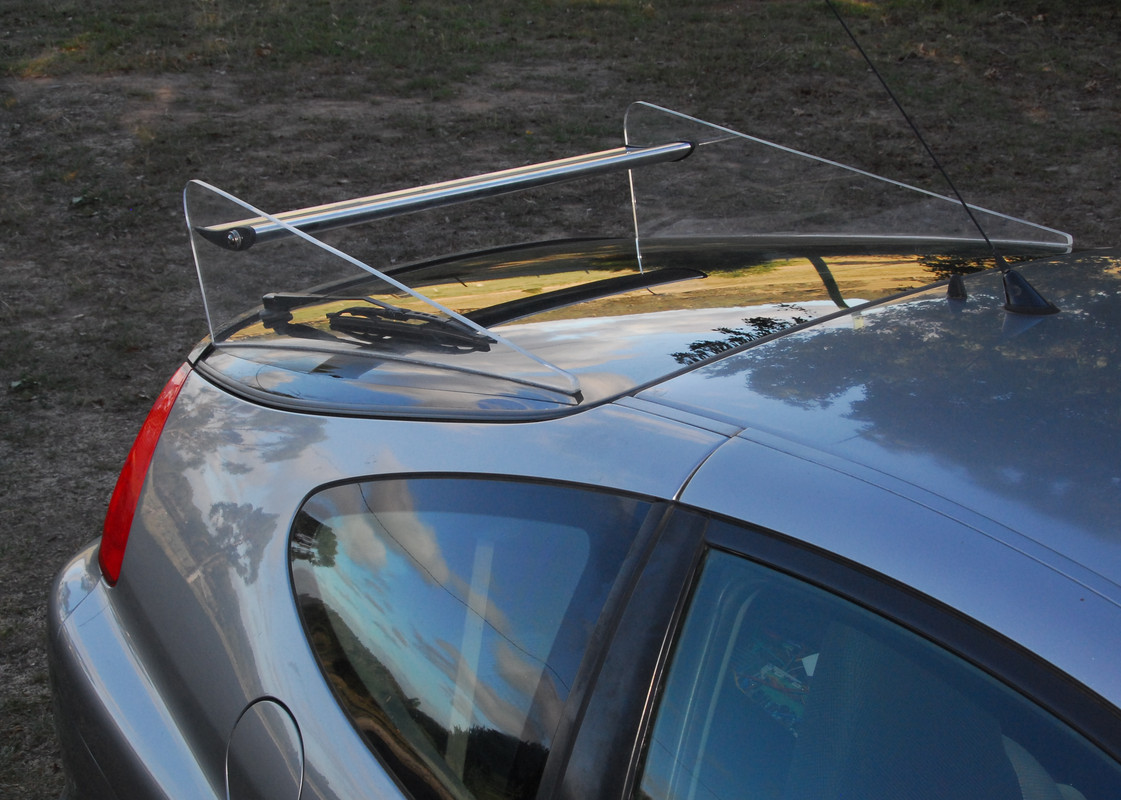So as I wrote above, looking at what others have done in modifying their cars is a useful way of gaining ideas for what you can do to your car. But only if you look with an assessing, critical eye.
Now, what about looking at what others have done
in the past? This becomes far more tricky.
First, a preamble. I like automotive history. On the shelves next to where I am typing this (my home office) are car books. There are seven shelves, each with about 80 books on them. So, over 500 books. These are the non-technical car books. In our library (it's a very modest house but we love books) I have over one thousand books on automotive mechanical engineering - going right back to the early 1900s. On car aero alone I have over 50 books and collections of technical papers.
I think that having an understanding of automotive engineering history gives an important context.
For example, the concept of suspension natural frequencies is best explained in a UK automotive engineering encyclopedia I have from the 1950s. (But I'd be very wary of using this data to specify what spring rates my car should be running - more on this point in a moment.) The engineering data (including aerodynamics) I have on the Land Speed Record cars of the 1930s is quite fascinating - and shows thinking much more forward than you'd have expected.
But much of this old engineering data and approach is now completely outdated. Books from the 1960s, for example, spend typically only a page or so on engine ignition timing - static timing, centripetal and vacuum advance. But any programmable engine management system of today has dozens - perhaps hundreds - of ignition timing maps, each with often 100+ tuneable points. What can a modern tuner gain from an old book of this type? Practically nothing.
The same with intake tuning. The classic 'bible' on tuning intakes and exhausts has nothing on Helmholtz tuning of intakes - let alone changeover manifolds. It can be used to give you an understanding of some aspects of resonant tuning, but to blindly apply the data to a modern engine would be lunacy.
When I read my old technical material on aerodynamics, just as when I read my old material on suspension design or resonant intake tuning, I always think carefully of the historic context.
Skibor-Rylski (
Road Vehicle Aerodynamics) was published in 1975 - 45 years ago. Is it worth reading? Absolutely! Can you take his numerical data and apply it to a current car eg in its modification? With the lift and drag figures typical of that time, that would be a very silly thing to do. The context is completely different.
The SAE collection of papers
Automotive Aerodynamics (Progress in Technology Vol 16) was published in 1977 - 43 years ago. I think this volume has some fantastic papers in it (and I was so lucky that it was the first collection of SAE papers on aero I ever read, just stumbling across it in a library over 30 years ago). But to take its numerical data on, well, anything at all, and apply it to your current car would just be crazy. You only have to glance at the cars they are describing to realise that not only are the lift and drag figures from a completely different ballpark, but so are the airflow separation points. That is, the airflow patterns are often radically different to what you will find on today's cars.
It's also best to completely discount this old aero data when it uses models in wind tunnels. Often the data that is quoted for these models has huge discrepancies when compared to the tests of the contemporary full-size car - and even greater discrepancies when compared with a
current test of that car. How big a discrepancy? Oh, sometimes 100 per cent...
So how is it best to use these old references?
I think the best way is to use the old material as a
source of ideas. An example. One of the books I have has coverage of the cars of the 1930s developed by Kamm. The drag figures of these cars, as tested in modern wind tunnels, are pretty bad in any current context. But the photos of on-road testing are quite fascinating. On one of these cars, photographed during a test in the Alps, I was intrigued to see large rear fins, and words to the effect that stability had been much improved.
Now if the quoted rearwards movement in the centre of pressure caused by the Kamm fins was (say) 100mm, it would be ludicrous to apply that figure to a current car and say "If I put fins like this on my car, the centre of pressure will be moved rearwards by 100mm" - and then attribute this data to the Kamm in 1938 (or whatever). It takes little thought to realise that the actual impact of the fins on the current car would need to be assessed in the context of the car that they've been fitted to, and current shape cars are very different to those 1930s Kamm cars.
But - and here's the key point - the
idea of using rear fins to move the centre of pressure backwards, and so improve stability, is great!
So when I saw those Kamm fins, I thought to myself, "I wonder if they would work on my little Honda? I might do some mock-ups and then some testing."
So I did just that, using plywood fins initially...

...and then when I found they worked, making the fins from clear acrylic. (Clear fins are actually cited in a 1930s patent for those Kamm cars!)

The fins work really well at improving stability, so a win-win all-round.
Old technical aero books and papers can be a wonderful source of ideas - and are often fascinating in just a pure engineering history context - but as soon as you start uncritically applying this material to modern cars, you're on very shaky ground. That's especially the case when quoting data like drag or lift changes, or implicitly assuming that airflow patterns on those cars and the cars of today are similar. They might be - or much more likely, might not be.
But as a source of ideas to then be tested in a modern context? Great!